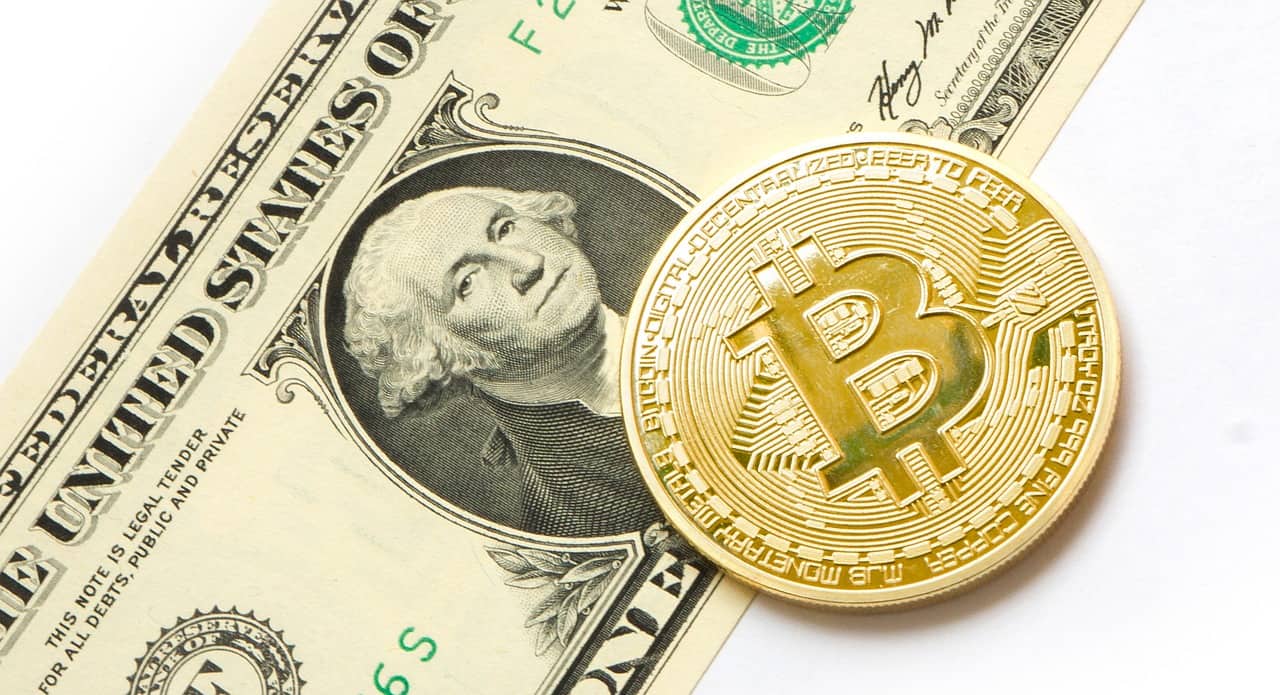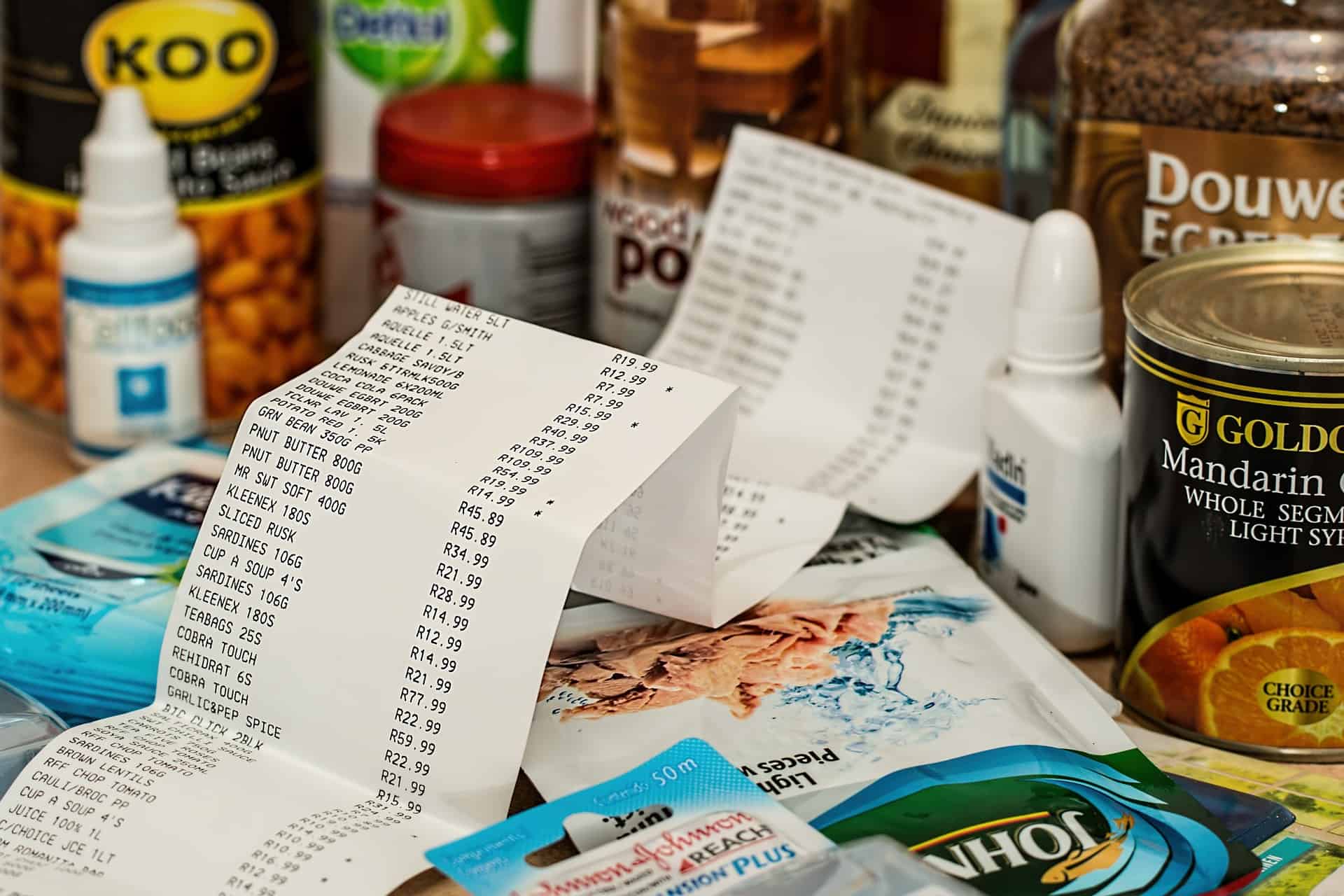This article is a resource for anyone who’s interested in understanding cryptocurrency and blockchain technology. It’s meant to be an introduction for beginners.
I will spare you most of the technical details, since those aren’t that important. Understanding cryptocurrency and blockchain technology doesn’t require a degree in rocket science.
Most people don’t know how the Internet really works but they confidently use it every day. You don’t need to understand the technical details of a Secure Socket Layer (SSL) for example. All you care about is that a green “https” shows up in your browser, which means your connection is encrypted. Or maybe you didn’t even know that, showing that it’s not that important.
In the same way, understanding cryptocurrency and blockchain technology in-depth is optional.
You just need to understand the basics, and that’s what this article is about.
Understanding Cryptocurrency and Blockchain Technology
Cryptocurrencies are based on blockchain technology. Blockchains are a new form of technology that is distinctive from the Internet. So what’s the difference? The Internet enables us to copy things while blockchains prevent us from copying things.
Let me explain.
The Internet’s Unsolved Problem
Pretty much everything you do on the Internet involves making a copy. When you upload a video to YouTube, you’re effectively uploading a copy of a video file to the Internet. Downloading something from the Internet involves creating a copy on your own hard drive. Most of what we do when we use the Internet is upload, download, send, receive or share a copy of something. Most people don’t realize it, but that’s exactly what’s happening.
Even sending an email involves creating a copy: You and the recipient of the email have access to the same message in your email accounts. Social media is all about sharing, too. Every picture, video, quote and post is a copy of an original. And in most cases it’s encouraged to share these copies as often as possible. Most marketers hope for a viral hit.
Google is a search engine that lets you search and find these copies on the Internet.
Online stores contain copies of pictures and descriptions about products. But as soon as you make a purchase, a financial institution has to step in and process the payment.
Although you’re buying something online, the money isn’t sent through the Internet.
This is an important distinction for understanding cryptocurrency and blockchain technology.
Why is that?
Because the Internet has a fundamental flaw when it comes to money.
It can’t solve the double-spend problem.
Everything on the Internet is a copy. But when it comes to money, it’s really important to ensure that it can’t be copied. If I send you a dollar, it’s absolutely crucial that I don’t keep a copy of that same dollar. Otherwise I could spend the same dollar infinitely. Offline, that’s quite simple. A coin that’s circulating in the real world will just move between owners.
It can’t be duplicated or copied. Attempting to do so is illegal in every country.
That’s why governments are the only entity allowed to print money.
When you buy something online, a payment processor like Stripe or PayPal takes care of the transaction in the background. These are essentially financial institutions, or banks, that guarantee every single dollar is accounted for. They hold a ledger with all transactions and account balances and grant trust by making sure the double-spend problem is solved.
Here’s what happens when you pay online:
- You fill out a payment form online
- Your money is sent to a financial institution like Stripe or PayPal
- The financial institution processes and clears the transaction
- The financial institution has a centralized ledger containing all transactions
- The financial institution generates trust by solving the double-spend problem
- The financial institution pays out the money to the retailer
Clearing a transaction takes multiple days. And the whole process is rather ineffective, because it has to run through a centralized institution. Plus, these institutions charge hefty fees.
Every time someone sends me a payment through PayPal I cringe.
A small but considerable amount of the money goes directly to PayPal. So what am I paying for? I’m paying them for the service they’re offering. And that is to grant trust by solving the double-spend problem. In reality, there is no such thing as making a payment on the Internet.
Although you’re entering your credit card information on a website, the actual payment doesn’t happen on the Internet. It’s processed in the background by a financial institution.
Blockchain technology changes this.
And that’s the next key to understanding cryptocurrency and blockchain technology.
Solving the Double-Spend Problem
Satoshi Nakamoto, the creator of bitcoin and blockchain technology, was the first person to solve the double-spend problem on the Internet. In a world where everything is a copy, he created a new technology, called blockchain, that makes it impossible to make a copy or create a counterfeit of something. Blockchains are the Internet of money and of value.
Money and other things of value, such as ownership titles and contracts, shouldn’t be copied.
Why?
Because if I can make a copy of a dollar, of an ownership title or of a contract, it doesn’t have any value anymore. The value of these things is only granted if nobody else can copy or change them. And until recently, we had to rely on financial institutions to make sure value cannot be copied or changed. Banks hold a centralized ledger containing all transactions.
And by doing so they effectively control our money. The moment you deposit your money at a bank, they lend it to other people and invest it. They do whatever they want with your money and you have no control over it anymore. All you’re left with is a number in your bank account. But the actual money is gone. It’s not stored somewhere in a safe vault or something.
There’s a really scary example:
Multi-millionaire Grant Cardone recently called his bank and told them he wants to withdraw one million dollars. This is his own money that he deposited at the bank. Should be easy to withdraw money that’s on your account, right? It turns out that it’s actually quite the opposite. You can’t just withdraw a million dollars, even though it’s your money and it shows up as a multi-digit number in your account. In reality, the money isn’t there. The bank doesn’t have it anymore because they lent it out or otherwise invested it. Your money is gone.
In order to get your million dollars, they would have to get it from the Federal Reserve.
It takes multiple days or even weeks.
So who owns your money?
Even if you just deposit a few hundred or thousand dollars, banks own every single cent. During the crisis, banks in Cyprus, Argentina and other places prevented people from withdrawing their money. If you give a thousand dollars to a bank and they can decide not to give it back to you, who owns your money? Banks own and control your money, which is a very scary thought.
Understanding cryptocurrency and blockchain technology requires some insights into how our banking system currently works. It’s flawed and many people are losing faith.
Blockchain Gives You Back Control
Blockchain technology is like a decentralized ledger.
Here’s how it works.
Tens of thousands or even hundreds of thousands of volunteers download the blockchain software to their computer and run the system locally. Each computer that runs the software is called a node. And each node consists of a complete and identical copy of the entire blockchain.
The blockchain network records every single transaction that was ever made from day one.

Since there are tens of thousands or hundreds of thousands of nodes running at the same time, the entire network is decentralized. Even if you take down one computer, or thousands of computers, the bitcoin network keeps running. All it takes for the bitcoin network to run is one single working node. Taking down or hacking a network like this is impossible.
If one computer gets hacked, or tries to change a transaction, the entire system will notice because all other nodes still report the original and correct value of the transaction.
This solves the double-spend problem.
This is the most important piece of the puzzle for understanding cryptocurrency and blockchain.
Since the bitcoin network is decentralized and distributed over tens of thousands of nodes, all containing the same ledger with all transactions since the beginning of the network, one can’t copy or edit any transactions. Any attempt at doing this will be shut down by the network. The same bitcoin can’t be spent twice. If I send you a bitcoin, the entire bitcoin network knows that I don’t own that bitcoin anymore. This solves the double-spend problem very effectively.
Any centralized ledger can be hacked which has happened to banks in the past.
Whenever a lot of important information is stored in one place, this causes a major vulnerability. Just one well-crafted attack or hack can shut down the entire system.
A centralized ledger is never as secure as a distributed and decentralized ledger.
And that’s why blockchains are more secure than banks.
They simply cannot be hacked.
You might have heard of hacks related to bitcoin. But this was never the actual blockchain. Personal bitcoin wallets and bitcoin exchanges have been hacked in the past. And that’s precisely because they’re centralized. It’s up to the exchanges and individuals to protect their bitcoins, just like you have to protect your credit card information from hackers, today. But bitcoin as a blockchain has never been hacked and can’t be hacked because of the way it works.
Blockchain technology removes banks, financial institutions and other intermediary players from the equation. We don’t need to rely on them anymore to solve the double-spend problem for us, blockchain technology solves it more elegantly, in a way that’s safer, faster and gives us back full control. Instead of a bank account, all you need is a bitcoin wallet.
A bitcoin wallet is kind of like a “bank account” on your computer or mobile phone.
Instead of having to open a bank account, you can simply get a wallet like Jaxx for mobile, Electrum for desktop or the Ledger Nano S hardware wallet. A wallet is simply a piece of software (sometimes combined with hardware) that allows you to access and manage your bitcoins. I personally use the Ledger Nano S hardware wallet to hold on to bigger amounts and the mobile wallet Jaxx for small daily transactions.
A bitcoin wallet works with two keys: The private key and public key.
The public key is the address you use to receive payments. You don’t have to hide this key, it’s kind of like your email address but to receive payments. If you want someone to send you money, you give them this key. Of course, QR codes and other tools make things easier. In the future, nobody will have to memorize or write down your bitcoin address. Kind of like with websites. Nobody has to type in a complicated IP address to access a website these days. you just enter amazon.com and you’re already there.
So what about the private key?
That’s a secret string of numbers that’s only known to you.
This is an important piece of information when understanding cryptocurrency and blockchain.
Whoever controls your private key controls your bitcoins. So you never want to give your private key to anyone. The cool thing about hardware wallets like the Ledger Nano S is that it stores your private key fully encrypted on a small pen drive like device. So even if hackers get access to your computer, they cannot get a hold of your private key, since that’s stored externally on your hardware wallet. This adds an extra layer of security to your bitcoins. Online, mobile and desktop wallets are less secure on the other hand. If someone hacks your phone, your computer or the online exchange, they could get access to your private key.
My recommendations for bitcoin wallets:
- Use online, mobile and desktop wallets to store small amounts and for daily use
- Use a more secure hardware wallet to store large amounts (kind of like a savings account)
If you’re planning to invest large amounts of money into bitcoin, it’s worth getting a hardware wallet. I would never store more than a few thousand dollars on an online, mobile or desktop wallet. The more bitcoins you hold on to, the more you need to care about protecting your bitcoins by protecting your private key. Remember, the bitcoin network cannot be hacked.
But your computer, mobile phone or online exchanges can get hacked. Having a hardware wallet like Trezor or the Ledger Nano S gives you the most protection and peace of mind.
Another key to understanding cryptocurrency and blockchain is that transactions aren’t reversible. If you type in a wrong address when sending bitcoins, they’ll be lost forever. Always double check that the address is correct before sending payments. In the future, there will be intermediary companies that give you the ability to create disputes and chargebacks. This way, if you make a mistake or fall victim of fraud, you can reverse the payment and get back your money. So don’t worry about this. You just have to be careful when sending payments directly through the bitcoin network. Those are irreversible and would be lost forever.
The aim of this article is to serve as a resource for understanding cryptocurrency and blockchain technology and why it’s so revolutionary. Before you invest in anything, you need to understand it. I’ve spent several months studying cryptocurrency, bitcoin and blockchain technology.
I want to know where I’m putting my money.
Here’s the first article in this series: How to Get Started Investing in Bitcoin Pt.1
In the next article we’ll talk about how to buy your first bitcoin.





Oluwakayode Samuel
Thanks for these, Read part 1 and 2 . on part 3 now.
Till Boadella
Enjoy part 3 🙂